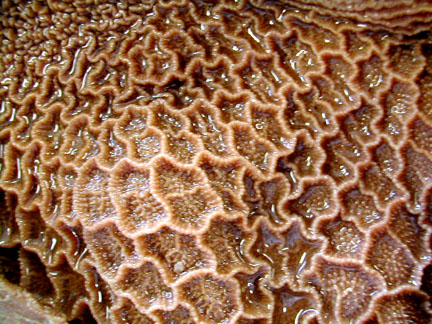The herd I went to today is a great herd for providing blog
topics. Every time I go, I’m bound to do all sorts of things aside from the
regular herd check. I’m always talking
about “herd check” and some of you may not know what that really entails. Mostly,
it is checking to see if a cow is pregnant or not. Some people think that dairy
cows just produce milk all the time.
They are mammals so they only begin to produce milk after they have had
a calf. Certain media outlets will claim
that cows ALWAYS have to be pregnant and it’s a cruel thing to keep them that
way. In reality, if a cow does not continue to have a baby every year, she no
longer makes milk and will “dry up.” No milk=no cheese, yogurt, butter, half
&half or any heavy creams used to make all those yummy Christmas
desserts. And maybe a topic for another
day, but keep in mind that soy products have 152,727 times more estrogens in
them than any dairy milk (organic OR non-organic).
The cow’s uterus takes about a month after having a baby to “involute”
or get back to pre-baby state. At this time, she is making lots of milk. Some
cows make up to 12 GALLONS, or more, of milk a day. We normally wait about 2-3 months after having
her calf to try to get her pregnant again. With a ~282 day gestation, this
allows her to have a calf about once a year. Now, not all cows will get
pregnant on the first try. If she is making a lot of milk, or has sore feet,
other metabolic issues, or has fertility issues, she may need to be bred anywhere
from 2-5 times before she conceives. Most people give up trying to get her pregnant
after about 6-8 times of being bred. The
longer it’s been since she had her last baby, the fatter she is getting and the
less milk she is producing. If she gets
too fat, and then gets pregnant, most likely, she will have other, more serious
metabolic issues, down the road. It’s
better to milk these cows until they are no longer making enough milk to pay
for their food, and then sell them.
I took the ultrasound that records videos/images today and
was sure to take a few pictures during herd check. When using the ultrasound, I can tell a cow
is pregnant as early as 28 days after she is bred. The fetus in this first clip
is 37 days old. If you look really close, you can see the heart beating. It’s a
really fast flutter in the center of the bleb.
The “bubble” it is in, is the amniotic sac. Unfortunately the ultrasound only records 4
second clips, so you may have to replay it. I’m always fascinated to see all the
development a fetus as young as this
has!!!
This herd sells a lot of animals to bull studs and to other
farms. They have animals with really high genetic potential and animals that
are worth up to $100,000 or more. For this reason, they like to know if the cow
is going to have a bull or a heifer. This way, they can market the animals and
make sure they are around when she is having her baby, in case she needs help. The next clip is a video of a 65 day old
fetus. Although you only really see the back half of the calf, that’s what I’m
looking at when I try to tell if it’s a boy or girl. This one is a GIRL!!!! You
can also see the ribs, legs, heart beat and start to see some abdominal organs.
Cool huh????
Also at herd check, we discuss various issues on the farm. It can be as routine as discussing when everyone should get their vaccines, or as serious as problem solving a serious disease outbreak such as mastitis, pneumonia, or even Salmonella. The veterinarian (and the farmer) is in charge of the overall health of all the animals on the farm and ultimately keeping the milk they sell as clean and healthy as possible. Just a little responsibility I guess…..










